Number 10 Name Norberto Alonso Years Team Role Football player | Height 1.76 m | |
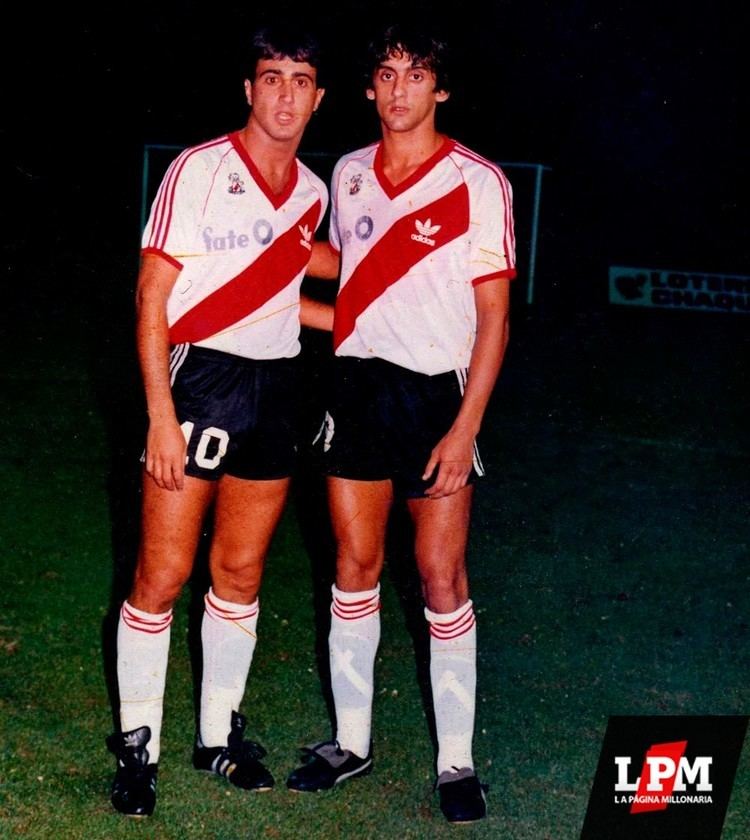 | ||
Date of birth (1953-01-04) 4 January 1953 (age 62) Similar People | ||
Archivo difilm norberto alonso
Norberto Osvaldo Alonso (born 4 January 1953), known colloquially as "Beto" Alonso, is an Argentine former football midfielder, who played the majority of his career for the Argentine club River Plate. He remains one of their most iconic players. He stands in fifth place in River Plate's all time goalscoring records with 149 goals and in 7th place in their all time appearances record with 374 matches played. Alonso is considered the best attacking midfielder in the history of Argentine football for many experts.
Contents
- Archivo difilm norberto alonso
- Norberto alonso vs steaua bucarest 1986 intercontinental cup
- Club career
- International career
- Post retirement
- World Cup numbering
- Club
- International
- References
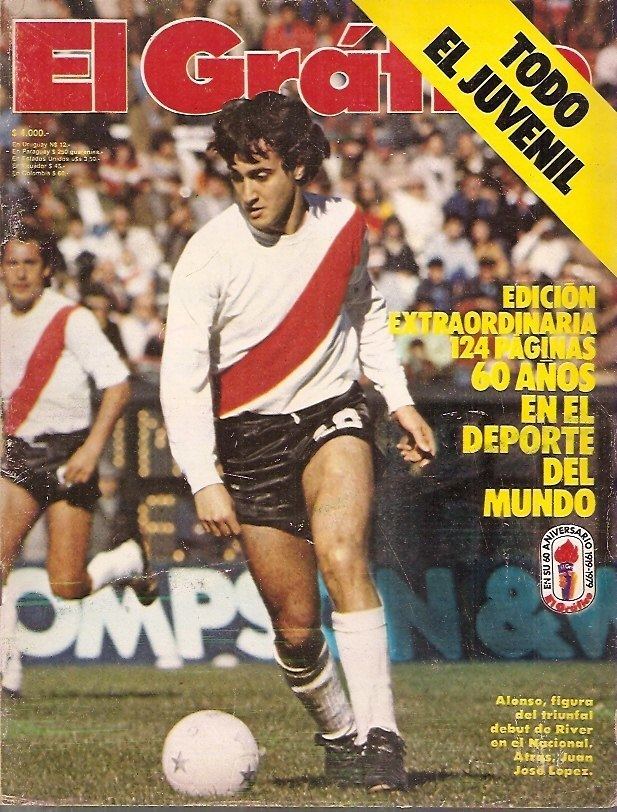
Norberto alonso vs steaua bucarest 1986 intercontinental cup
Club career
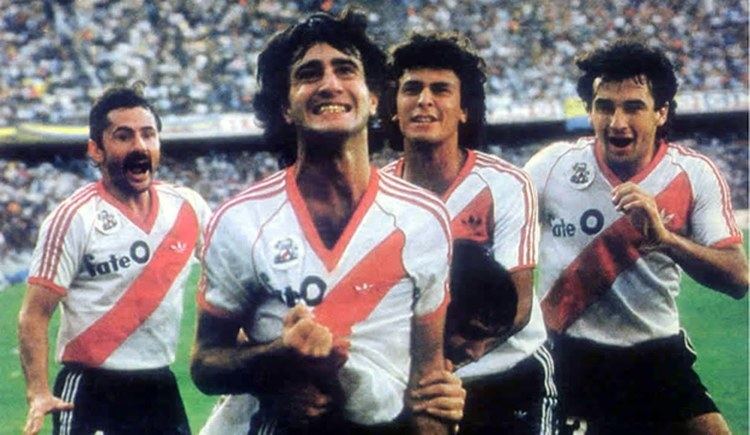
Alonso was born in Vicente López, Buenos Aires province, but grew up in the poor suburb of Los Polvorines. An attacking midfielder, he rose through the ranks of River's youth divisions as the team was undergoing its infamous dry spell (18 years, 1957 to 1975, without a championship title). When Angel Labruna took the reins in 1975, Alonso was the team's anchor and holder of the No. 10 jersey.
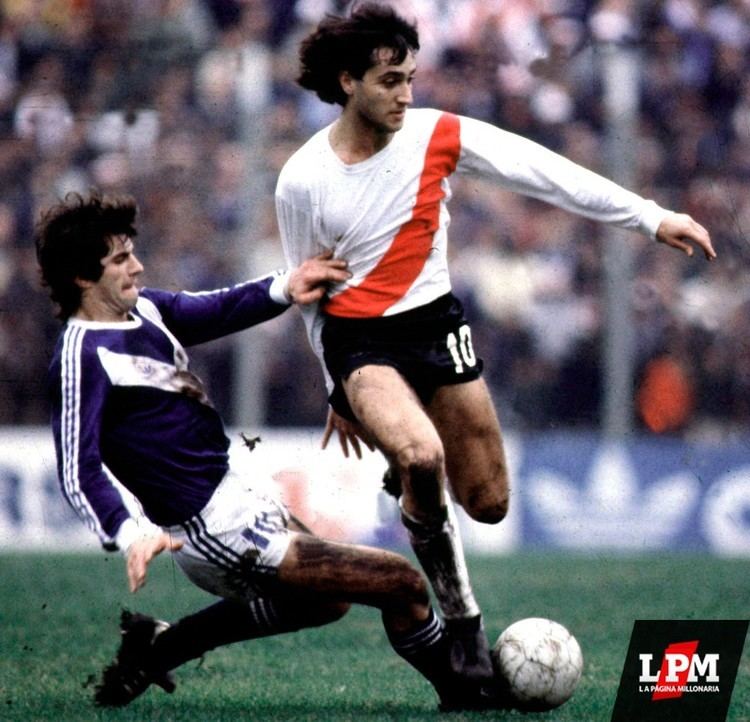
With reinforcements Roberto Perfumo and Ubaldo Fillol, and the maturing of players like Daniel Passarella, Carlos Morete, J. J. López and Reinaldo Merlo, Alonso led the squad that won both the Metropolitano and the Nacional tournaments of 1975, ushering in a series of seven local titles in the period 1975-1981.
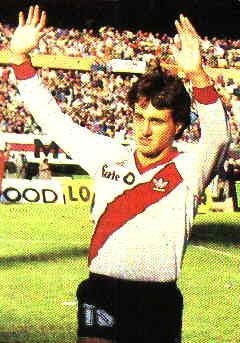
In 1976, Alonso was transferred to Olympique Marseille, but he was unsuccessful. River Plate arranged for his return in 1977.
Between the years 1979–1981, River won four local titles, and became one of the most expensive teams in the world, with a first team (Alonso-Luque) playing in league games and an equally prestigious second team (Carrasco-Ramón Díaz) used mostly in Copa Libertadores matches.
During the 1981 "Nacional" tournament (which River would eventually win), Alonso often clashed with then coach Alfredo Di Stéfano (who seldom selected him for the first team and instead put younger players such as Carlos Daniel Tapia and Jose Maria Vieta in his position). After the Nacional, Alonso was put on the transfer list and was sold to Vélez Sársfield on 1982. After playing alongside veteran Carlos Bianchi, he returned to River Plate once again for the 1984 season.
Many talented midfielders emerged from River Plate's youth system during Alonso's reign, including Alejandro Sabella, Néstor Gorosito and Pedro Troglio.
Alonso was a key player of the successful team of 1985-1986 that won River Plate's first Copa Libertadores and Intercontinental Cup. In 1985, his main partner was Enzo Francescoli. By the time he retired, he had scored 166 goals in 464 matches.
International career
Although he was included in the Argentine squad, Alonso was not in the plans of coach César Luis Menotti for the 1978 FIFA World Cup. Menotti gave Alonso only a few minutes of play during the tournament, as Argentina went on to win the competition on home soil.
In 1983, national coach Carlos Bilardo gave Alonso some playing time, but eventually used younger players Diego Maradona, Jorge Burruchaga, and Carlos Tapia in his position.
Post-retirement
After retiring from the pitch, Alonso opened an insurance agency. He was also a partner in several commercial ventures, even though he was not an advertising figurehead: his appeal for non-River fans was limited, and Maradona was Argentina's poster boy after his exploits in the 1986 World Cup.
Together with Merlo, Alonso coached River Plate in 1989, but the duo was dismissed mid-season when new club president Alfredo Davicce made good on an election promise to bring in Daniel Passarella as coach. River eventually went on to win the championship.
World Cup numbering
For the 1978 World Cup, Argentina numbered players alphabetically, and as a result Alonso (a midfielder) wore the number 1 jersey (usually reserved for goalkeepers).
